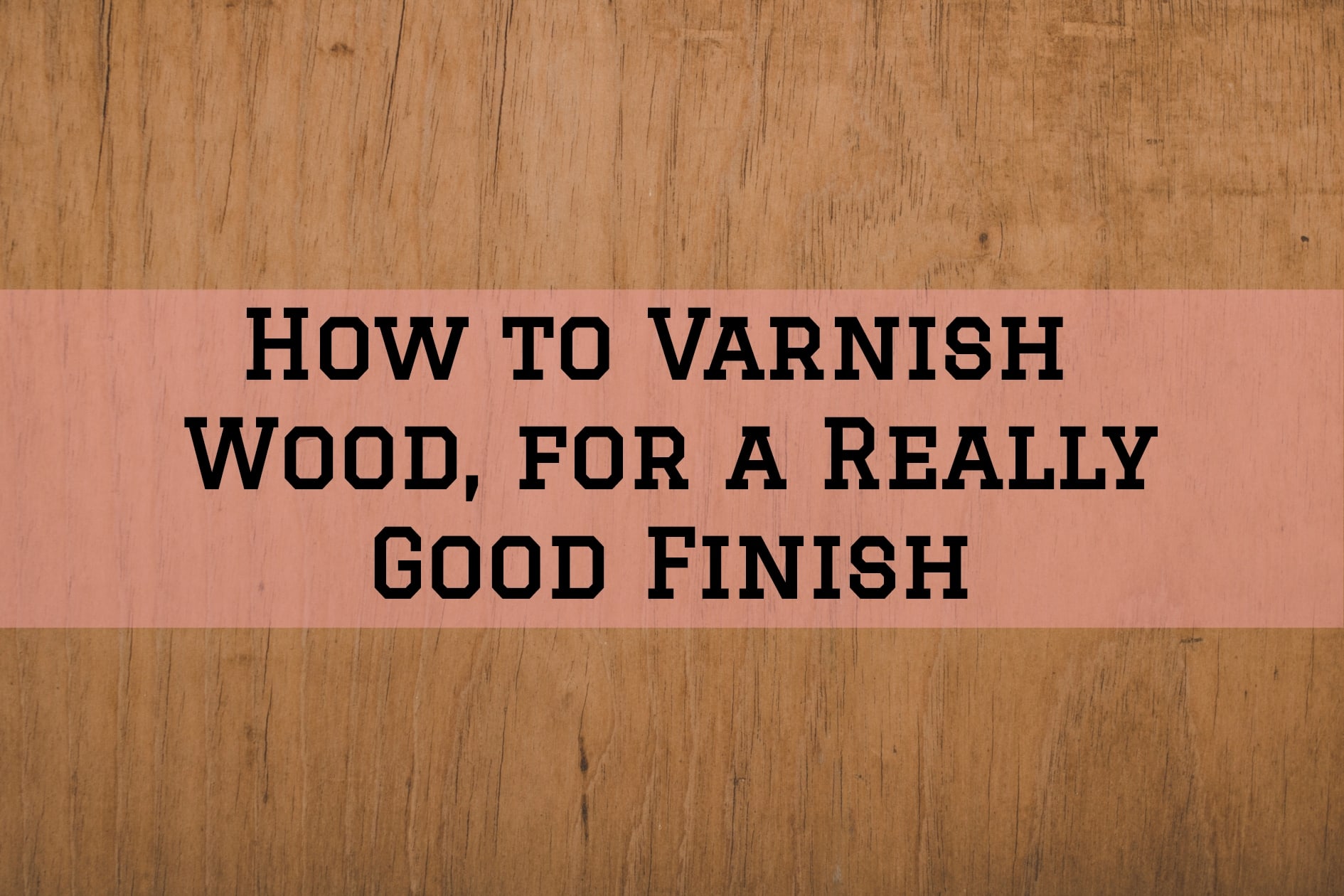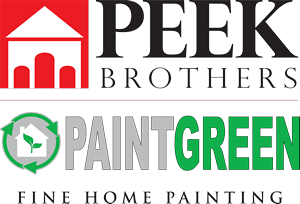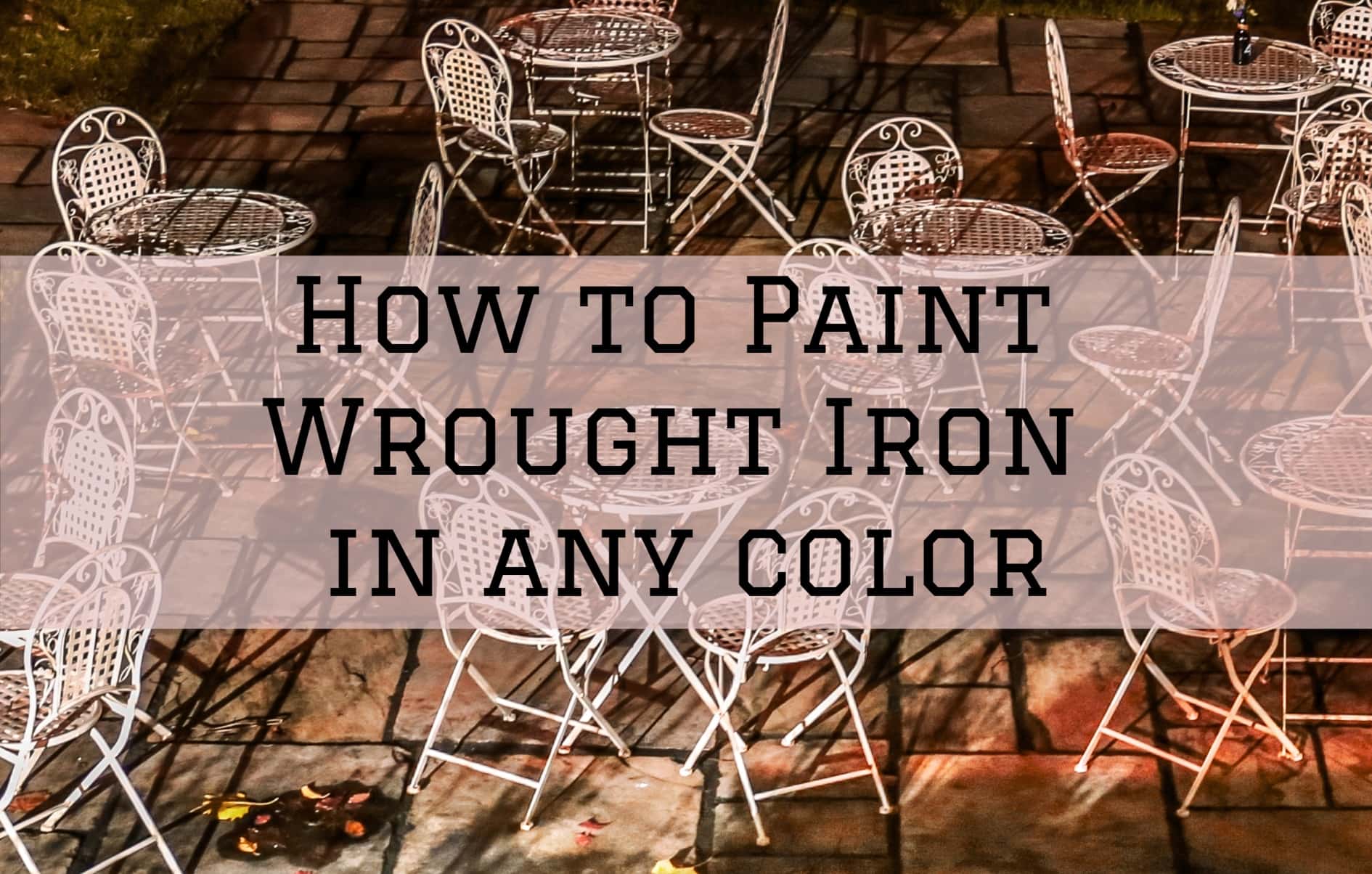How to Paint Wrought Iron in any color
Wallpaper vs. Painting- Which one Should You Choose?
December 8, 2018
How to Varnish Wood, for a Really Good Finish
December 22, 2018How to Paint Wrought Iron in Any Color
Wrought iron is a popular alloy known for its durability and malleability. While rarely used in commercial and structural applications, it’s a common material used for outdoor railings, fences, and outdoor furniture. Raw wrought iron typically has a very dark appearance and often painted black when used on outdoor fixtures.
Painting your fixture made from wrought iron can significantly improve its appearance and protect it from rust. Whether you’re refreshing an old coat of paint or painting a newly finished piece, learning the right way to paint wrought iron can preserve its beauty and durability.
1. Getting ready to paint
If you’re painting an external fixture such as a get, fence or railings, pick a dry, warm day. Don’t paint wet surfaces when it’s humid. You should target to paint when the humidity is less than 80% and the temperature is more than 50 degrees. Additionally, don’t paint when the piece is directly in the sun.
If you’re painting a movable indoor fixture, move it outdoors in a shed and lay out tarps or drop cloths for your workplace. This will prevent splatters, overspray, and drips from ruing the surfaces that you’re not painting. For railings and fences, place the drop cloths in strategic places to protect scrounging surfaces.
2. Scrub away any rust.
When the wrought iron is exposed to air and some moisture, it will readily rust. If your wrought iron has any traces of rust, you should make sure to scrub it off instead of painting over it. The best way to do this is by using a stiff wire brush, but you can also use sandblaster if you have an appropriate space for it.
Scrub the entire piece using the brush until all the rust is eliminated. Perhaps the best workspace would be your garage where you can easily sweep out the paint and metal flakes when you’re done. If your piece is already painted, using a wire brush will give you better results.
You can also clean the metal with water/vinegar solution at 50:50 ratio or use water mixed with a mild detergent to make scrubbing easier. If there is any mildew or mold, you can use a bleach/water mixture or commercial mold remover.
Keep in mind that you don’t have to scrub off every bit of paint –the surface just needs to be free of loose flakes and debris. To finalize on the prep, sand the wrought iron with medium-grit sandpaper to create an ideal surface for the paint and primer to adhere to.
3. Apply the Primer
After sanding your pieces smooth, it’s time to apply a coat of primer. This will prevent rust formation and make the paint colors appear enhanced. You need to use a primer designed specifically for metals –known as a rust inhibiting primer. The primer contains iron and you can easily purchase this at your local paint shop or hardware.
If you can get an aerosol primer and paint, you are more likely to get the smoothest results on the metal, but still, some areas will require application using a paint brush. For the best results, apply two coats for the primer and allow it to completely dry. Next, sand the primer lightly with medium-grit sandpaper. Clean the entire piece with tack clock to get rid of dust and metal flakes.
4. Apply paint
The exterior-grade enamel paint is the best choice when painting metal –the color is up to your preferences. For best results, use a “direct-to-metal” (DTM) paint that contains rust inhibiting ingredient. Ordinary paint will result in chipping. If you’re using a brush, apply the paint in long, smooth strokes.
If you’re using a spray method, hold the can about 10 inches from the pieces you’re painting and keep moving the can to avoid can drip. Apply two light coats and let the piece dry completely before using. Spray painting gets your job done much faster and gives an excellent coverage. If you’re applying two coats, wait until the first coat is completely dry before applying the second one.
As you can see, painting wrought iron is not that complicated as you may have imagined. The most important part is the preparation, and selection of the right primer and paint –they have to be rust inhibiting, specifically made for metal surfaces.


